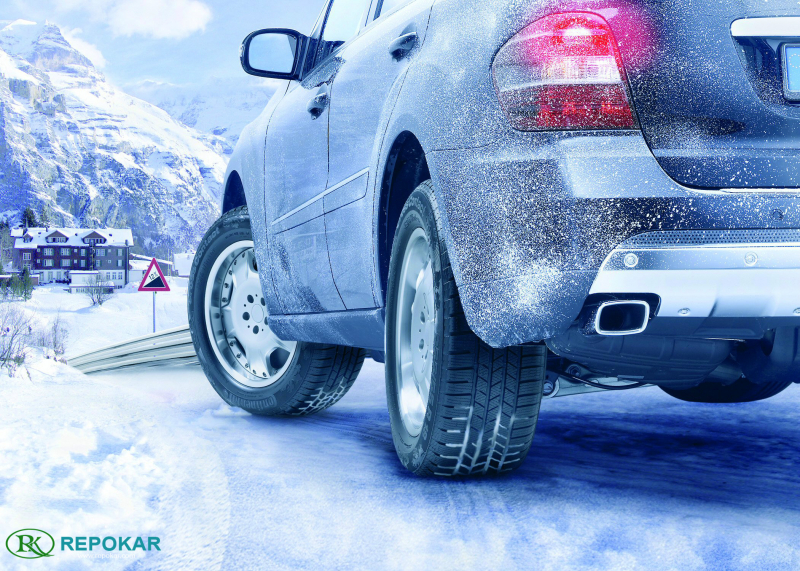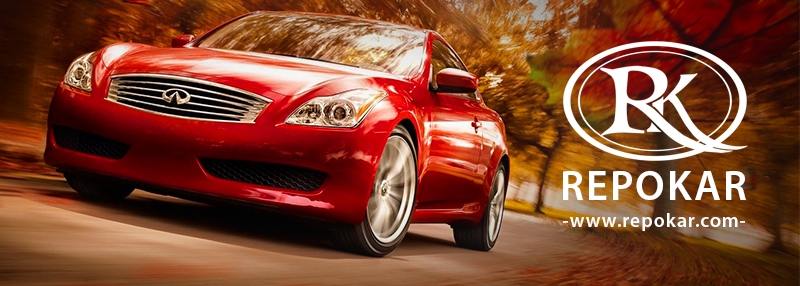Modern cars can boast some features that were unimaginable some years back. Many of these options really help to make the driving so much more pleasant, by taking some of the driver's responsibilities. Don't miss the chance to use the modern gadgets and systems to your advantage and enjoy the ride! To know what to choose, what option to seek, you have to know which are there. Today we will introduce you to the Cruise Control feature. What it is and how it works?
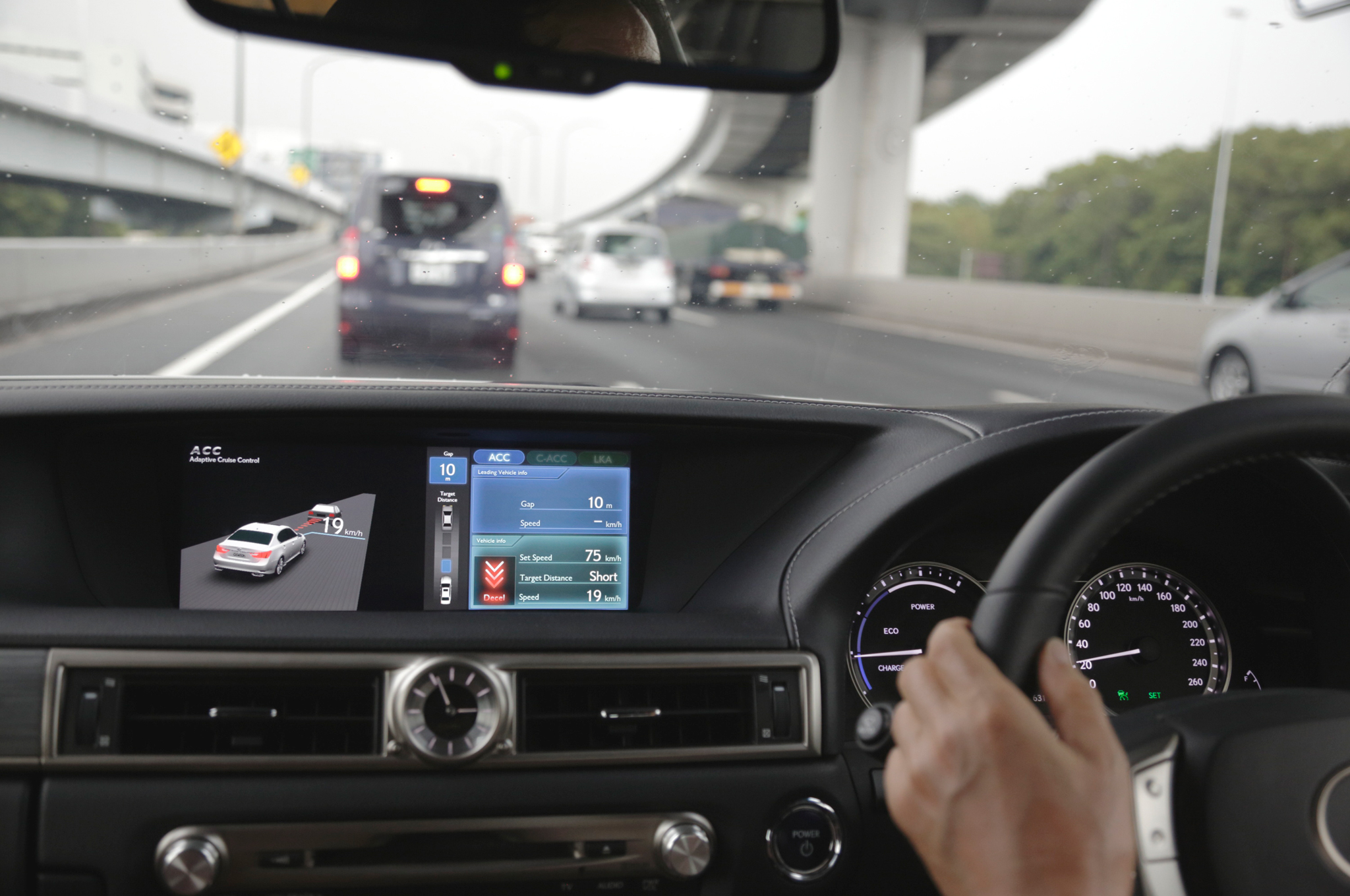
The purpose of a cruise control system (sometimes known as speed control or automatic cruise) is to accurately maintain the desired set speed, without intervention from the driver, by actuating the throttle-accelerator pedal linkage. Sounds cool, doesn't it? Now you can set the speed you want your car to maintain and relax in your driver's seat as the system will be doing the work for you – you won't have to keep your leg pressed down the brakes and the accelerator pedals anymore. This feature is ideal for the long-road trips: it allows you to sit back and give your legs some rest. All you have to do is to keep an eye on the road signs and steer the wheel!

Cruise control is primarily designed for those who are going to be moving at a steady speed of at least 30 mph without constant stopping – thus, it's more suitable on a motorway or highway rather than on a street with frequent traffic lights. For reasons of safety, cruise control should not be used on wet or icy roads, heavy traffic or on roads with sharp bends.
Drivers who have never used it are often intimidated by it, as when they take their foot off the accelerator and the car doesn’t slow down, they feel like they are no longer in control. But once you become familiar with how cruise control works and get used to it, that fear passes and you start finding it a real benefit to your driving.

Cruise control can work to your advantage in a variety of ways. Not only it can make long journeys more comfortable but can even actually help to save money on fuel. How so? It's because most drivers are fairly inconsistent at maintaining a given speed and continuous accelerating and braking will use cause more fuel waste than maintaining a set speed. So that's how cruise control can improve your fuel consumption. In addition, it will allow you to maintain the speed limit and avoid speeding fines. Not bad either, right?
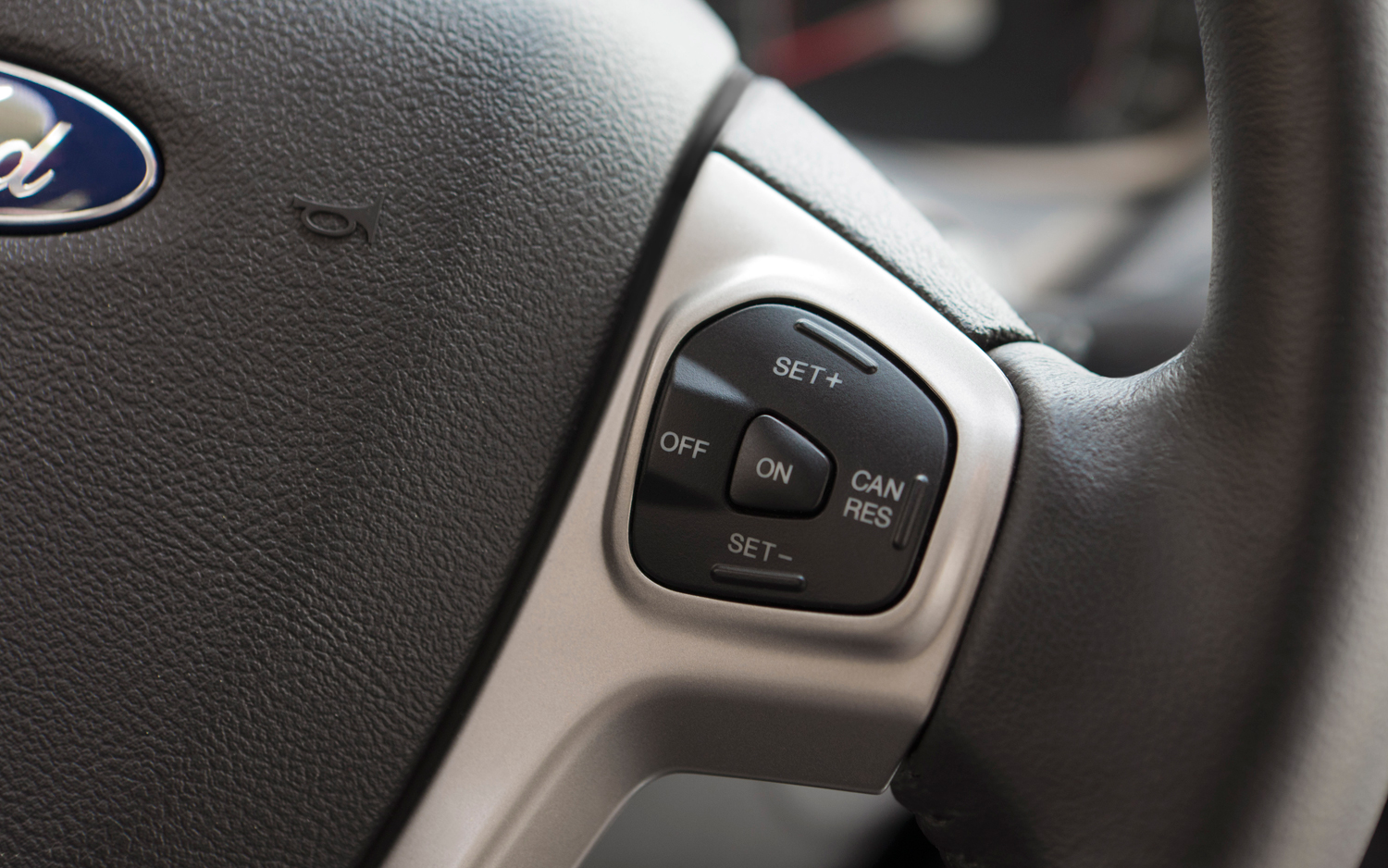
But technologies went even further so now they present even more wondrous feature: Adaptive Cruise Control (ACC). What is that, then?
The system is built on the familiar cruise control system: the radar sensor and control unit are combined into a single unit which has a range of up to 200 metres and a beam angle of 12 degrees. The control unit detects the distance to the vehicle ahead of you and adjusts your car's speed relatively to it.
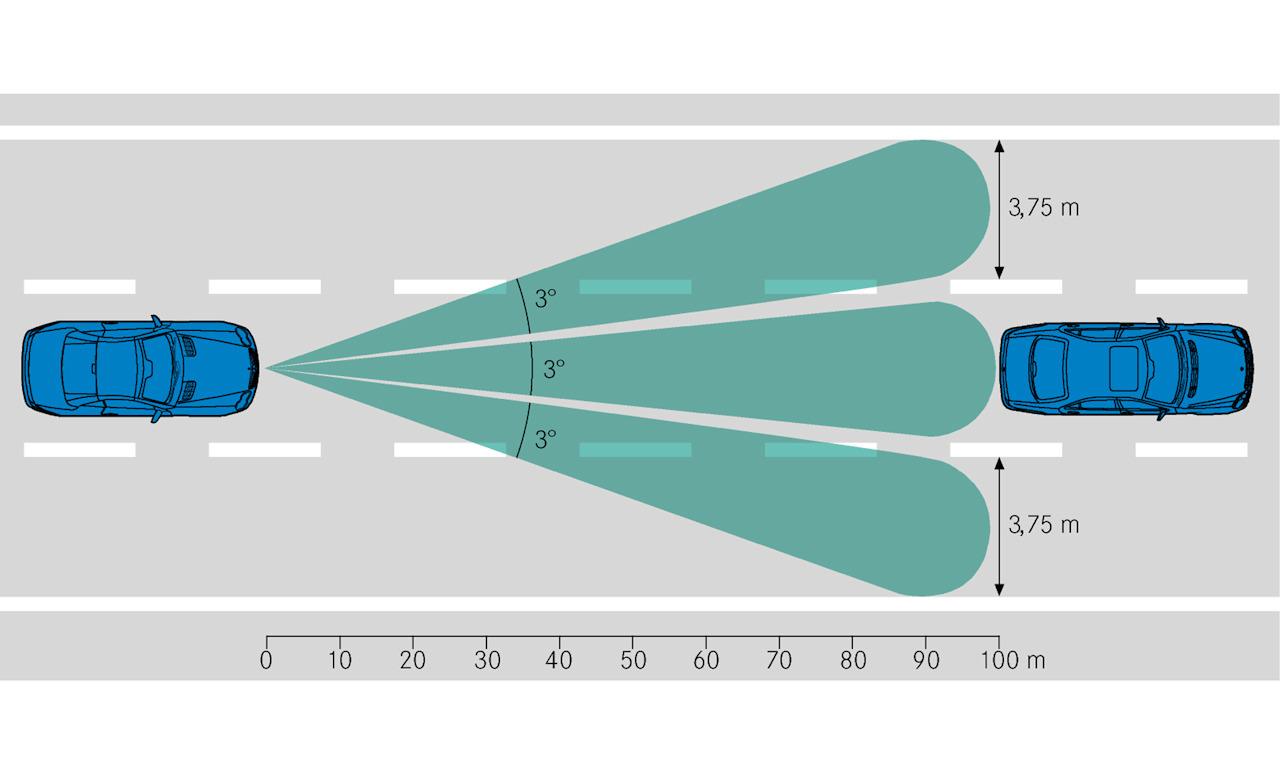
ACC adaptive cruise control helps to avoid accidents by always keeping your car at a safe distance from the traffic ahead. Be careful, though: the radar sensor is not capable of detecting stationary obstructions, such as the end of a tailback or crash barriers, so don't lose your vigilance on the road.








